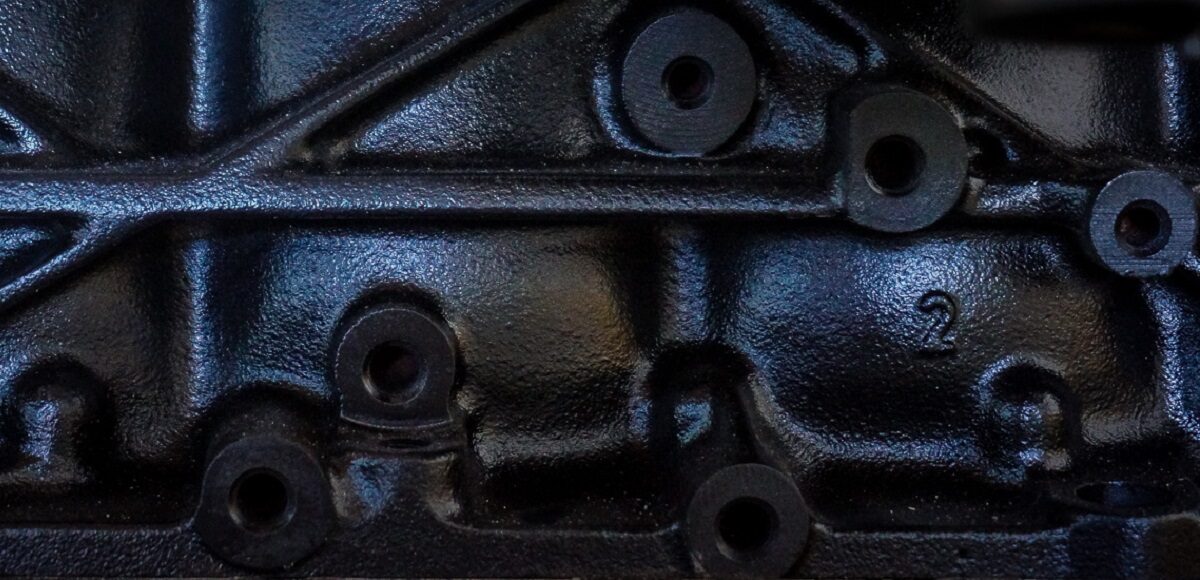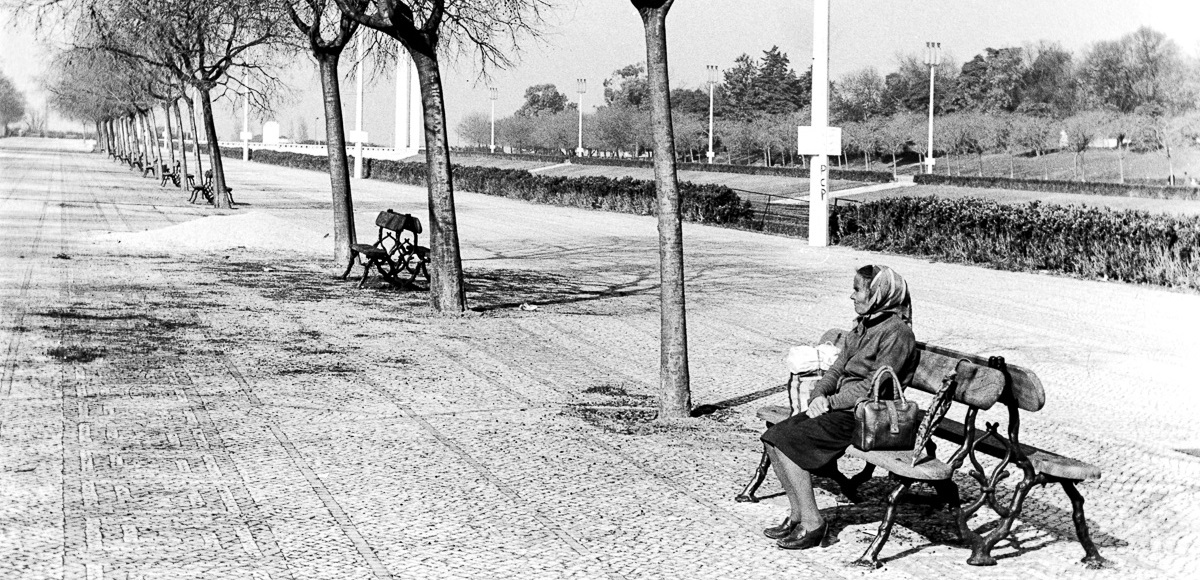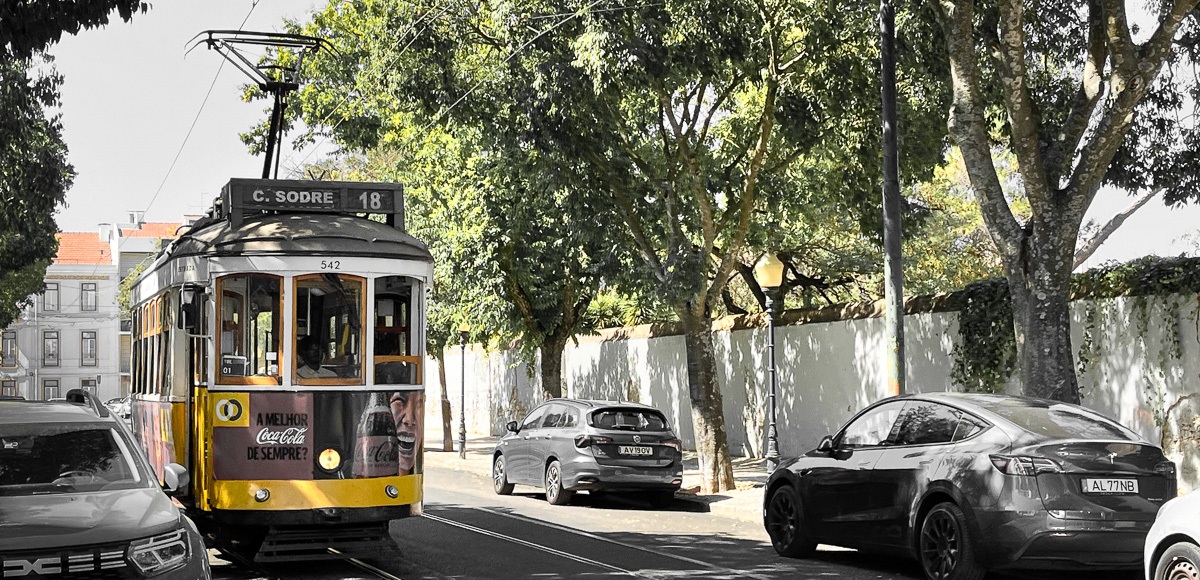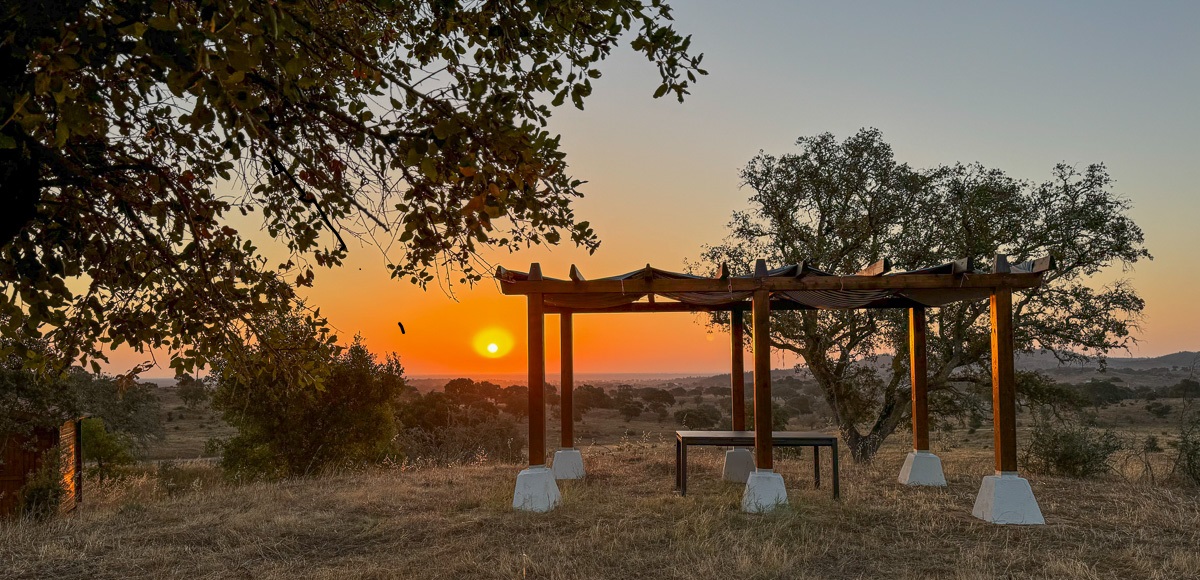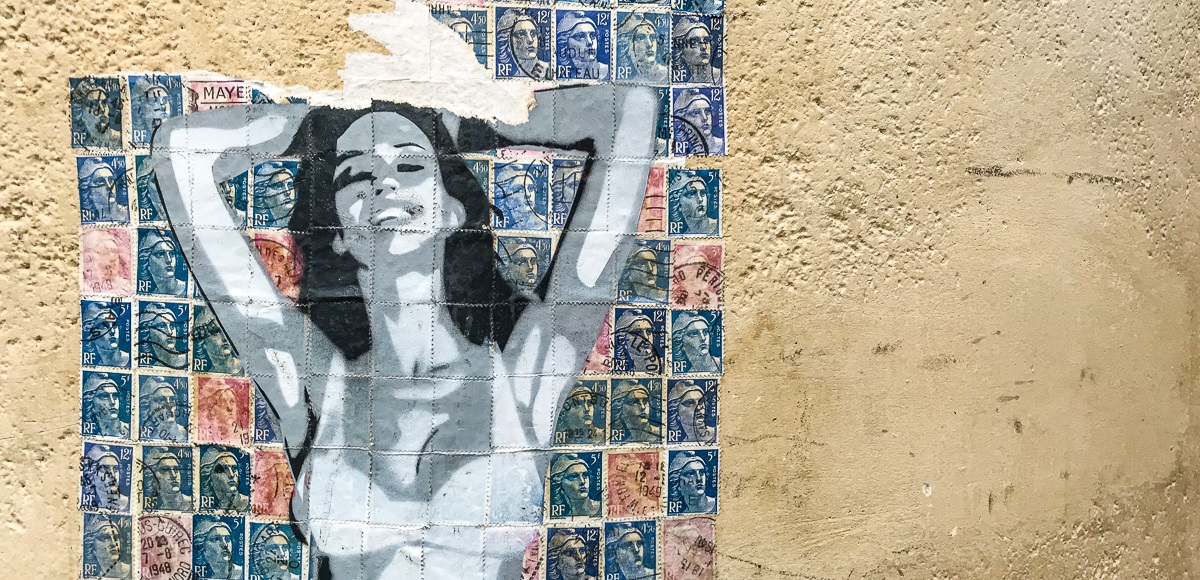After decades of living in the superficial sameness of suburban Dallas, we decided to move to a small town in the San Juan Mountains. As we contemplated retirement, we recognized that we were tired of the relentless summer heat, of the featureless landscape, the perennial newness of the buildings and highways, the oblique conservatism of our neighbors and the ill-disguised cultural paucity of a city more focused on monetary and professional pursuits than on those of the soul. Moving North became the logical denouement to our attempt at Southern living.
With our move we harbored no illusion of swapping Dallas for a Lake-Wobegon-in-the-Rockies, but what we’ve found is a microcosmos of America at the doorstep of the 2020’s: a small town that is socially stratified, polarized, and struggling to find its way in an ocean of conflicting messages. Its geography reads like a caricature of the entrenched class divisions of the Nation: the moneyed classes live uptown, either by the lakes or on obscenely large tracts of land, the middle classes were pushed to a valley out west, at a lower elevation, where sub developments have a chaotic jollity to then and lack city utilities. Those in the basement of the social edifice are scattered across their ancestral mountain properties or across a set of trailer parks sprinkled around town, tucked in the forests of spruce and ponderosa pine that form most of our landscape.



As with most any small locality these days, we have a series of social media pages for the town, and although our fellow citizens are pleasant, reserved, and polite, their online presence has a surreal quality in that they are largely irrational, and spew fantastic interpretations of reality in tones of faux politeness. The number of interpretations of our political reality far outstrip the duality of the Democrat vs. Republican mainstream view. There are more than a dozen interpretations for the historical meaning of the confederate battle flag, and the townsfolk’s views of the non-capitalist world that lies beyond our mountains is as diverse as it is ignorant and ill-informed. In a society that laments its lack of political diversity, we seem to be plagued by excess variety at a popular level.
And this brings me to more literary reflection: as we face a world where social media platforms encourage the existence of an environment of deeply fragmented versions of the truth, is our reality copying Orwell’s 1984, or are we instead living in a Rashomon world?
In 1984 Orwell depicts a form of disinformation that is almost mechanical, enmeshed in the fabric of society, and in which facts are submerged by a fabricated truth that is more congenial to the ruling order than to reality itself. In that context such “truthiness” can change with the interests of the ruling class, but it is always unique, universal within the confines of each culture, and always emanates from the regime’s propaganda machine. Yet, what we find nowadays is that the internet and its social platforms have enabled a metastazis of interpretations such that each version of the truth feels personal, although self-serving and false, which brings to mind not a truth manufactured by the Ministry of Truth but the pedestrian yet selfish interpretations of the truth found in Rashomon.



The Rashomon that I refer to is the 1950 psychological thriller directed by Akira Kurosawa casting the immortal Toshiro Mifune. The core of the plot is based on the short story by Ryunosuke Akutagawa “In a Bamboo Grove”, but, in a flash of unreflected irony, is framed according to “Rashomon”, another story by Akutagawa that takes place in the ruins of a devastated Kyoto and in which those wretched by a decaying society rob and brutalize their own kind. “In a Bamboo Grove” unfolds around some simple facts: a samurai is found dead in a bamboo grove, and his wife, who was traveling with him, claims that she was raped. The case is brought to trial and as the magistrate hears the witnesses, we are treated to a smorgasbord of interpretations of the facts that are driven by each witness’ self-interest. In the end, it becomes obvious that all the witnesses lie, and that we either chose to ignore their testimonies and be reduced to the facts without understanding their causes or effects without any degree of certainty, or we are left to chose one story line to the exclusion of the others, and with the clear realization that even the interpretation that we choose is false.



What we find nowadays is an environment where there are as many interpretations of facts as there are people with an internet connection. These myriad interpretations often coagulate into sets of conspiracy theories, common misrepresentations and all manner of democratized, self-serving and ultimately false views of the truth. In this environment truth becomes a matter of degree, such that the prevalent truth is the one shouted the loudest by the largest number of people. In a twist of irony, we live in a world where the truth can sway the democratic vote, but where the loud vote of the most vocal sways the truth.
Welcome to a world where the internet has catalyzed a post-truth world to go with our late-capitalist society. A world in which the true, albeit unintentional prophet of our reality was not Orwell but Akutagawa. We live in a Rashomon world.
Adelino de Almeida
Outubro, 2020
Fotos de Manuel Rosário
VER MAIS TEXTOS DO MESMO AUTOR
What should I wear to the Apocalypse?
I came to the U.S. in the very early 80s, and have witnessed the unctuous Reagan years with his demented posturing, the astrologuer-guided policies and an uncanny ability to speak from the two sides of the mouth, and then went through all the administrations that led to the Obama years. I
Of Trump, the pandemic, and the ergonomy of meaning
As I write this, over 16 thousand people have died in the US from contracting Covid 19. Yet, not to be outdone by reality, Trump forecasts a total of around 200 thousand deaths for the pandemic in the US, and casts the pandemic as a war: an analogy is




